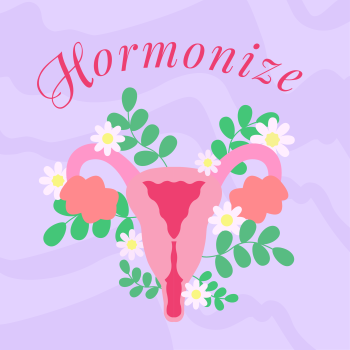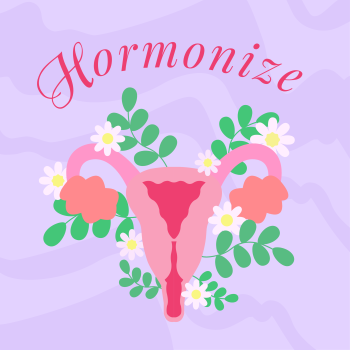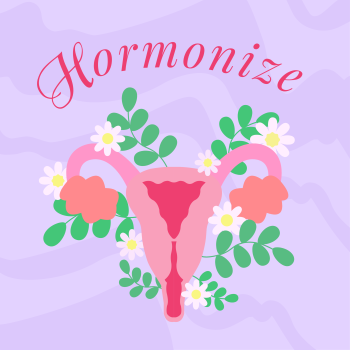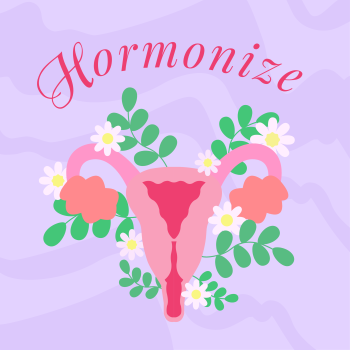






|
To thrive, not just survive, the fashion industry needs to radically redesign its operating model by transitioning to a circular system. Creating the fashion business models that are restorative and regenerative by design, provides benefits for the environment. In such a system, clothes, textiles, and fibres are kept at their highest value during use and re-enter the economy after use; never ending up as waste. Thus, a circular economy for fashion relies on: (1). Business models that increase clothing use; (2). Safe, recycled or renewable inputs; and (3). Circular solutions so that used clothes are turned into new.
In recent decades, the amount of clothes the fashion industry produces has grown and grown, while at the same time, profit margins have shrunk, and its impact on the environment has increased. Between 2000 and 2015, clothing production doubled, while over the same period, the number of times an item of clothing is worn before it is thrown away, decreased by 36%. This trend led to the global fashion industry producing around 2.1 billion tonnes of the total greenhouse gas emissions in 2018, 4% of the global total. On top of this, due to ever lower prices and lost revenues, returns, profit margins of the world’s leading apparel retailers decreased by an average of 40% from 2016 to 2019.
Rethinking business models for a thriving fashion requires the fashion industry to explore new ways of doing business. Adapting circular business models help separate revenue from production and resource use; by decoupling revenues from raw material production through business models such as resale, rental, repair, remake. Only then can the impacts of fashion, such as greenhouse gas emissions, waste, pollution, and biodiversity degradation be reduced. A circular economy for fashion creates better products and services; prioritising the rights and equity of everyone involved in the fashion industry. It creates new opportunities for growth that are distributed, diverse, inclusive. |





 Published on 16.05.2023 at 15:58
Published on 16.05.2023 at 15:58